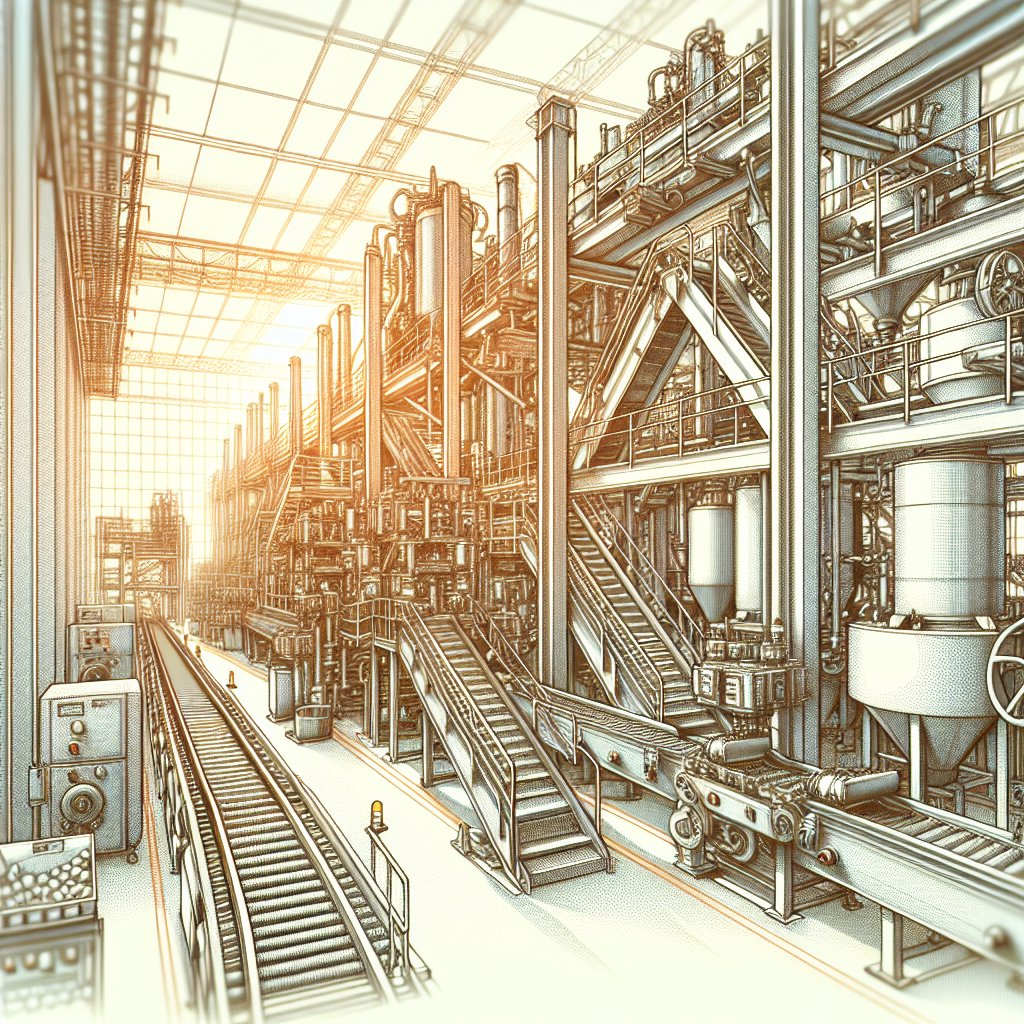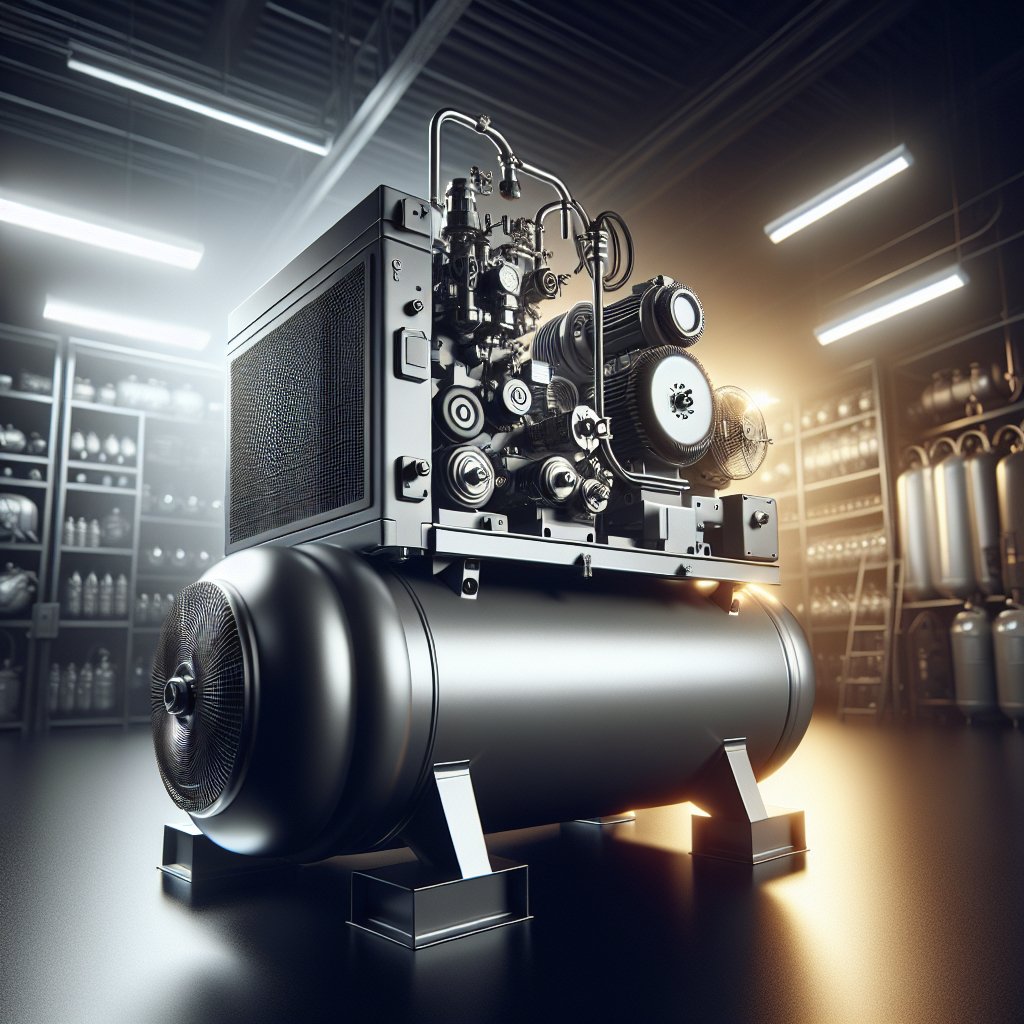
Choosing the right industrial conveyor system is a critical decision for any manufacturing or distribution facility. The efficiency, productivity, and overall success of operations can be significantly impacted by the type of conveyor system implemented. This article delves into the key considerations that should guide the selection process, ensuring that the chosen system aligns with the specific needs and goals of the business.
Understanding the Types of Conveyor Systems
Before diving into the selection process, it is essential to understand the various types of conveyor systems available. Each type has its unique features, advantages, and limitations, making it suitable for specific applications.
Belt Conveyors
Belt conveyors are among the most common types of conveyor systems. They consist of a continuous loop of material, typically rubber or fabric, that moves between two or more pulleys. Belt conveyors are ideal for transporting goods over long distances and are commonly used in industries such as mining, agriculture, and food processing.
- Advantages: Versatile, cost-effective, and capable of handling a wide range of materials.
- Limitations: Not suitable for heavy or abrasive materials, and can be prone to wear and tear.
Roller Conveyors
Roller conveyors use a series of rollers to move items along a flat surface. They are often used in assembly lines and packaging facilities, where items need to be moved from one station to another.
- Advantages: Durable, low maintenance, and can handle heavy loads.
- Limitations: Not suitable for small or irregularly shaped items, and can be noisy.
Chain Conveyors
Chain conveyors use a series of chains to move items along a track. They are commonly used in industries such as automotive and heavy equipment manufacturing, where heavy or bulky items need to be transported.
- Advantages: Capable of handling heavy loads and can be customized for specific applications.
- Limitations: High initial cost and maintenance requirements.
Factors to Consider When Choosing a Conveyor System
Once you have a clear understanding of the different types of conveyor systems, the next step is to consider the specific factors that will influence your decision. These factors will help ensure that the chosen system meets the operational needs and goals of your facility.
Material Characteristics
The type of material being transported is a crucial consideration when selecting a conveyor system. Factors such as size, weight, abrasiveness, and temperature sensitivity will influence the choice of conveyor type and design.
- Size and Weight: Ensure the conveyor can handle the dimensions and weight of the materials.
- Abrasiveness: Choose materials and designs that can withstand wear and tear.
- Temperature Sensitivity: Consider systems that can operate in extreme temperatures if necessary.
Operational Requirements
Understanding the operational requirements of your facility is essential in choosing the right conveyor system. Consider factors such as speed, capacity, and the level of automation required.
- Speed: Determine the speed at which materials need to be transported to meet production goals.
- Capacity: Ensure the system can handle the volume of materials being processed.
- Automation: Consider the level of automation needed to integrate with existing systems and processes.
Space and Layout Constraints
The available space and layout of your facility will also impact the choice of conveyor system. Consider the footprint of the system and how it will fit into the existing layout.
- Footprint: Choose a system that fits within the available space without disrupting other operations.
- Layout: Consider the flow of materials and how the conveyor system will integrate with other equipment.
Conclusion
Choosing the right industrial conveyor system is a complex decision that requires careful consideration of various factors. By understanding the different types of conveyor systems and evaluating the specific needs of your facility, you can select a system that enhances efficiency, productivity, and overall operational success. Remember to consider material characteristics, operational requirements, and space constraints to ensure the chosen system aligns with your business goals.

